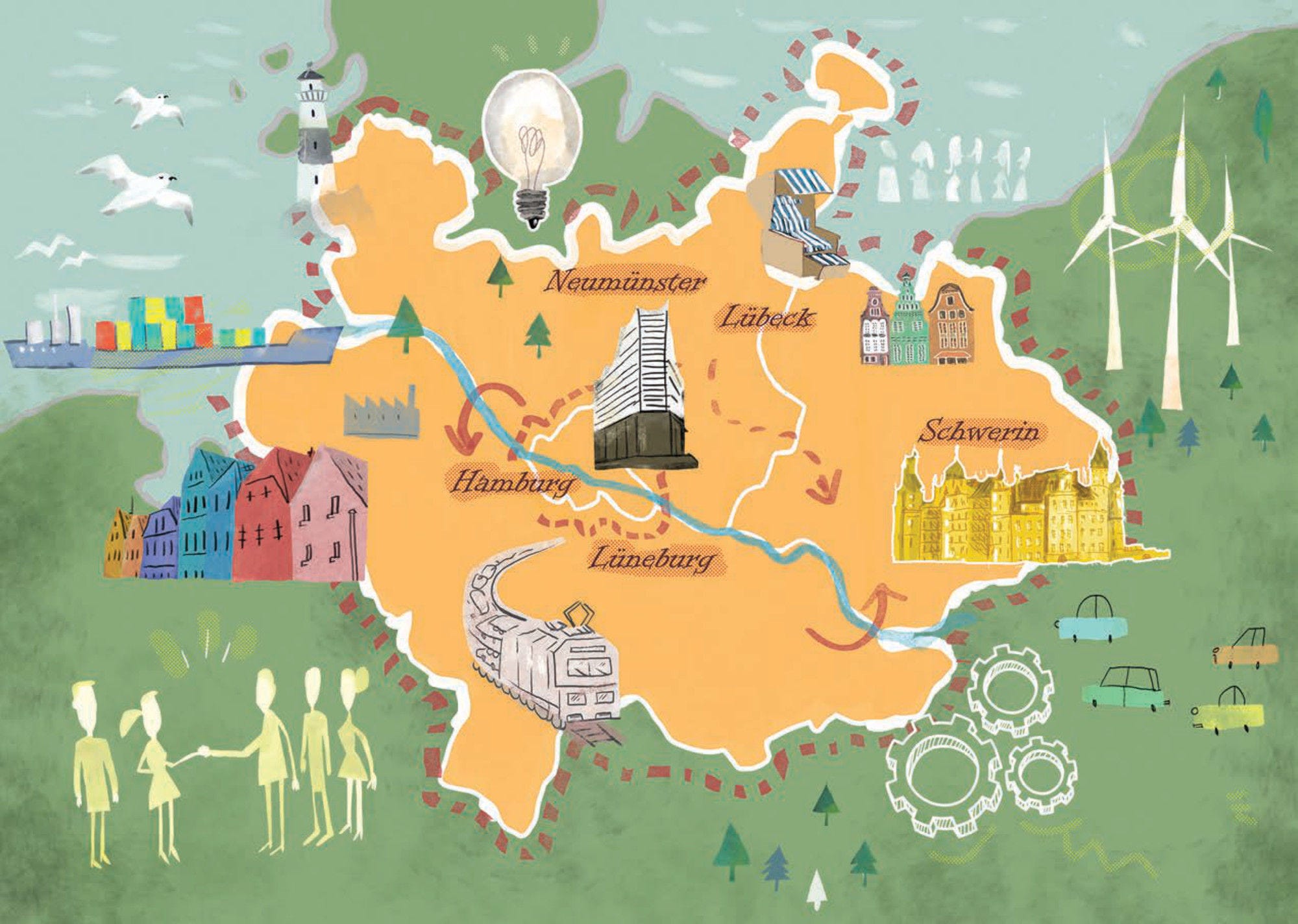Following on from the 2012 Territorial Review of Småland Blekinge, this Monitoring Review assesses the main regional policy changes since 2012 and the extent to which the recommendations have been implemented. It gives full consideration to the changing context in the region, with improved economic performance, new administrative configurations and an influx of migrants spurring population growth.
OECD Territorial Reviews: Småland-Blekinge 2019

Abstract
Executive Summary
This report monitors progress since the 2012 OECD Territorial Review of Småland-Blekinge. Located in South-East Sweden, Småland-Blekinge is composed of Region Jönköping, Region Kronoberg, Region Kalmar County and Region Blekinge. The population in Småland-Blekinge amounts to around 948 120 people, which is equal to 9.5% of Sweden’s population. Småland-Blekinge economy is dominated by manufacturing and is renowned for being the region where Ikea originated.
The 2012 OECD Review made 12 recommendations and 32 sub-recommendations that were articulated around the need to shift towards higher value-added and knowledge-intensive activities; to promote stronger links between the regional education system and the private sector; and to enhance the region’s attractiveness to residents, migrants and tourists.
This Monitoring Review assesses the main regional policy changes since 2012 and the extent to which the recommendations have been implemented. It gives full consideration to the changing context in the region, with improved economic performance, new administrative configurations and an influx of migrants spurring population growth.
Småland-Blekinge today has stronger common development priorities, a more cohesive tourism identity, and improved support for business…
Among the 12 recommendations and 32 sub-recommendations identified in the 2012 review, three are no longer relevant because they concerned an administrative reform which did not take place. For the 29 pertinent sub-recommendations, Småland-Blekinge has met 4 of them (around 14% out of total) and made notable progress in 8 (28% out of total). Mixed results appear in 41% and no progress or very little progress in the remaining 17%.
Most notably, progress has been made in developing a more efficient support framework for the private sector, particularly in traditional industries, and expanding beyond business creation to also support existing small and medium-sized enterprises (SMEs). The region has demonstrated notable progress in intra-regional co‑ordination in a number of key areas, including in infrastructure planning. Although access to the region remains a concern, co‑ordination among counties has strengthened, attaining a common identification of needs and increased bargaining power when negotiating with the national administration, benefitting the north-south axis.
|
No. of sub-recommendations met out of 29* |
Status of sub-recommendations/progress indicator |
|---|---|
|
4 (14%) |
Recommendation met by all counties |
|
8 (28%) |
Notable progress has been made in all counties, but ongoing efforts necessary |
|
12 (41%) |
Way forward well defined, but implementation has not started yet or mixed results in counties |
|
4 (17%) |
No progress, by any of the counties |
* 3 sub-recommendations no longer applicable due to changing conditions.
…however ongoing efforts are needed in a number of areas
Support for female and youth entrepreneurship has been slow to materialise. Improving capacities at the municipal level remains a concern, as well as better matching skills with available jobs, in particular, vocational training and increasing the attractiveness of local job markets to young graduates. Finally, tourism branding has increased but the focus on quality of life and regional attractiveness could be further strengthened for local residents.
Authorities have adopted an active agenda implementing the recommendations – demonstrating progress in a short amount of time
Concerning the timeframe of each sub-recommendation, 31% were suggested to be implemented in the short-run (0 to 1 year), 48% over the medium- to long-term (1 to 5 years), and 21% in the long term (more than 5 years). In particular, it is found that five of the nine short-term actions have been adequately promoted. Areas that particularly advanced are incentives for migrant entrepreneurship and support services to SMEs. In the medium-term, two sub-recommendations have been met, regarding business retention and development of knowledge-intensive businesses, whereas in four of them stronger implementation efforts are yet to be implemented. Understandably, four out of the six sub-recommendations for longer term implementation show mixed results thus far. These refer to the fields of transportation, road infrastructure and urban-rural linkages. Still, some actions taken so far signal that positive structural changes are in the way of being developed. The remaining two, about tourism promotion and cross-border co-operation for business development, have been fully met. Given this relatively short period, this progress demonstrates an active agenda by public officials in implementing the recommendations identified in 2012.
A recent rise in migration from asylum seekers and refugees has challenged the region to adapt
The 4 counties of Småland-Blekinge experienced an unprecedented population increase (4.3%) between 2011 and 2017, which was fuelled by a rise in migration, mostly from asylum seekers and refugees. The pace at which newcomers have arrived in Småland‑Blekinge has challenged the counties to provide suitable housing and to reorient services and develop new ones to meet the needs of this group of diverse individuals (e.g., different ages, language skills and training). While lessons from previous waves of migration were certainly helpful in structuring a response, capacity in many cases needed to be built up from scratch, particularly in terms of the services provided by front-line organisations in such areas as health, housing, education and skills.
A great deal has been achieved in a short amount of time and this should be applauded. For example, there is increasing use of multi-level and multi-stakeholder dialogues; there has been improvement in adopting integrated approaches from “Day One”; some municipalities in Småland-Blekinge have adopted local integration strategies; and efforts are underway to conduct institutional mapping and to build a locally accessible database of newcomers’ competencies.
Despite many successes, challenges with policy formulation and implementation remain. In terms of policy formulating, consultative mechanisms with migrant communities could be more developed and there remains a need for mainstream integration policy across municipal departments. Improved data for decision making is also needed. For example, sound assessments of the costs of services are needed in order to better manage integration-related activities. Also, service providers need enhanced capacity to share information in order to improve co-ordination across them. Confidentiality requirements make this difficult, but initiatives like the Meeting Venues Project have offered a workaround. In terms of labour market integration, working with key business sectors to meet labour market demand has proven successful – but more firms need to be convinced of the merits to engage.
Integration can be a very long process, particularly for individuals who have arrived with less transferable or very low skills or who suffer from health issues, including mental health. Therefore, the demand remains for settlement and integration services and there is a need to cater services to those who may face the greatest obstacles to integration. While the need for early skills assessments has been well recognised and progress has been made – there is now a need to strengthen and expand these initiatives and make sure they are used by some of the hardest to reach. Finally, special strategies and resources are needed in order to assist younger migrants and women.
In the same series
Related publications
-
 21 November 2024
21 November 2024 -
30 July 2024
-
 Country note10 July 2024
Country note10 July 2024











